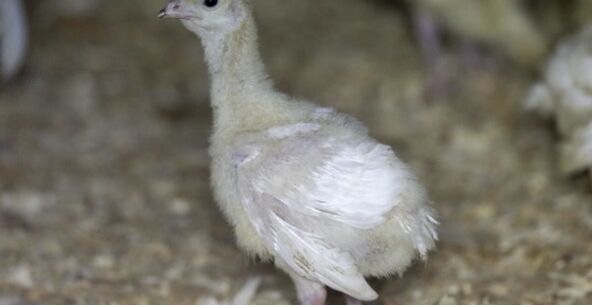Highly Pathogenic Bird Flu Strikes U.S. Commercial Poultry Flocks, Raising Concerns of Potential Outbreaks
The highly pathogenic bird flu has reemerged in commercial poultry flocks in the US, raising concerns of potential outbreaks. Strict biosecurity measures are urged to prevent further spreading.
The highly pathogenic bird flu has made its first appearances this season in commercial poultry flocks in the United States, sparking concerns of potential outbreaks. The U.S. Department of Agriculture confirmed the presence of avian influenza in a flock of 47,300 turkeys in South Dakota's Jerauld County on October 4, and in a farm with 141,800 birds in Utah's Sanpete County on Friday. These are the first reported cases among commercial flocks since the disease affected two turkey farms in the Dakotas in April. Infected flocks are typically destroyed to prevent the spread of the flu, followed by the decontamination of the farms.
Prior to these recent cases, bird flu had only been reported in backyard flocks or wild birds like ducks, geese, and eagles. Although wild birds often do not show symptoms of avian influenza, their infections pose a threat to the poultry industry as migrating birds can transmit the disease to vulnerable commercial flocks. South Dakota State Veterinarian, Beth Thompson, expressed doubt that the current cases would be the last, citing the beginning of migration season as a factor for potential further outbreaks. Last year, bird flu caused significant losses for U.S. poultry producers, resulting in nearly 59 million birds across 47 states being affected, including egg-laying chickens, turkeys, and meat chickens.
The outbreak drove up prices of eggs and turkey for consumers, costing the government over $660 million. In 2015, a separate outbreak caused the loss of nearly 51 million birds in 15 states, making it the most costly animal health disaster in U.S. history, amounting to over $1 billion in government costs. While bird flu infections in humans are rare and not considered a food safety risk, scientists are concerned about potential evolution of the virus to spread more easily among people, as it has already affected other species including some mammals.
Cambodia recently reported its third human death from bird flu this year. This year's cases are considered to be part of last year's outbreak, which originated in Europe and reached the U.S. in February 2022. Consequently, the U.S. has implemented periodic restrictions on poultry imports from Europe to mitigate the potential for further spread. The virus has persisted since last year and the current circulating strain is essentially the same as the one that caused the previous outbreak. Agriculture officials are urging bird owners to enhance their biosecurity practices to prevent the contracting of avian flu, which remains prevalent and easily transmitted.
Producers have already implemented stringent biosecurity measures in recent years, but there is limited additional action that farmers can take to protect their flocks. The primary strategy involves preventing the entry of wild bird droppings into poultry barns through workers' footwear and clothing, as well as avoiding hitchhiking on various carriers such as farm equipment, mice, small birds, and even dust particles. The recent case in Utah marks the first one this year, with 16 turkey farms, one egg farm, and multiple backyard flocks being affected by bird flu in the state last year. South Dakota experienced a loss of nearly 4 million birds in 2021, while Iowa, the hardest-hit state with approximately 16 million birds lost, has not reported any cases since March.




